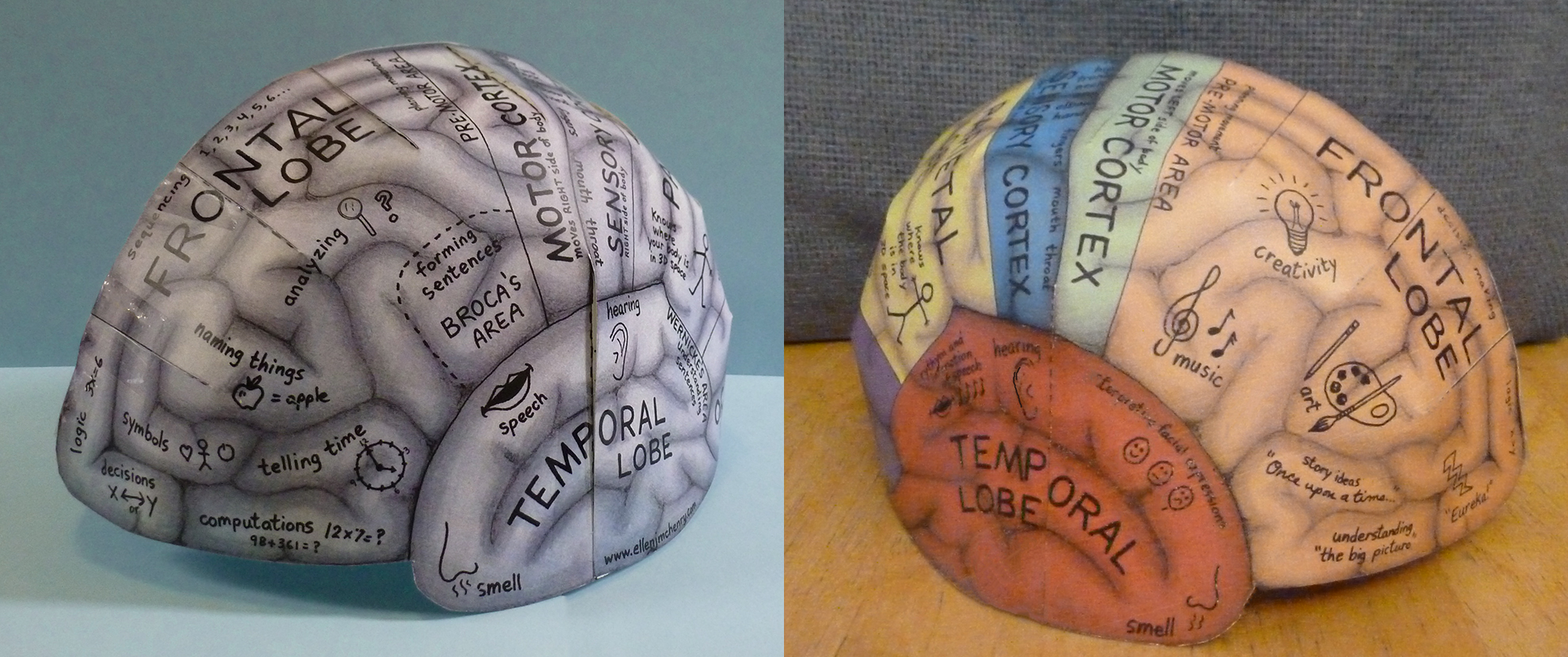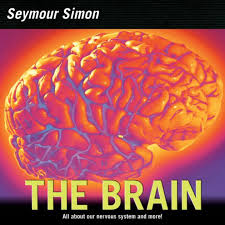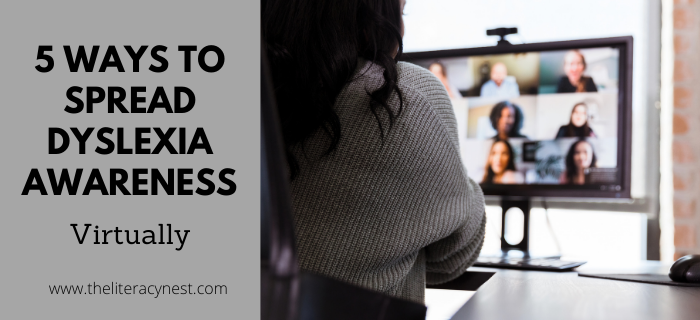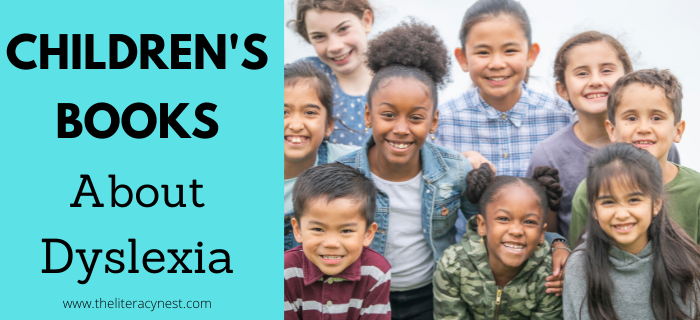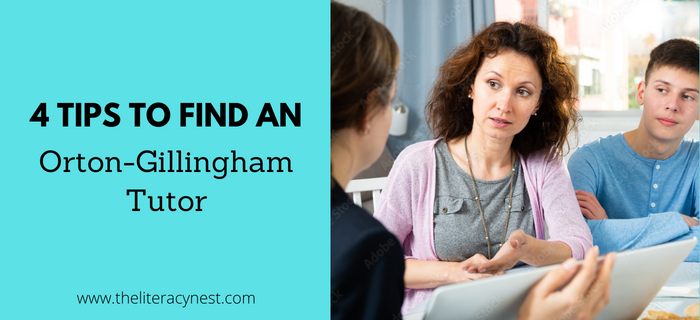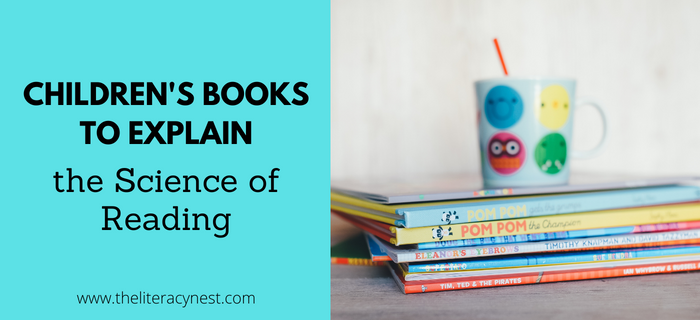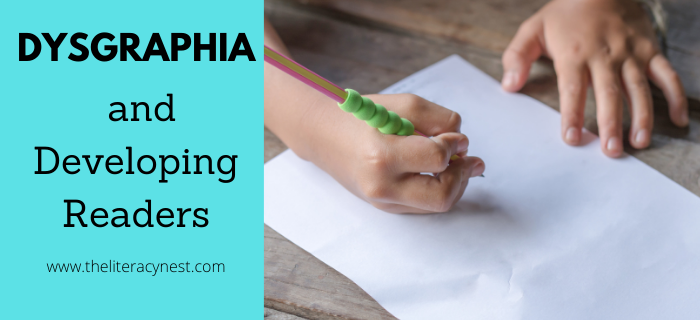Top Resources for Teaching Kids about the Brain
Many times, your students with dyslexia or other learning differences mistakenly believe that their brain is somehow defective. You might hear them referring to themselves as stupid. These are insults that are often used to bully or insult children with learning challenges. One of the ways you can empower your students is by teaching kids about the brain. When your students learn about how brains function can help them self-advocate to meet their own learning needs. It can help them speak confidently about their learning processes. And it can help them to create situations that are maximized for their learning success.

Your Kids Want To Learn How Their Brain Works!
Teaching about the brain’s function will help your students buy into multisensory methods and instruction. To be successful, students have to be actively engaged and utilize multisensory techniques and strategies. Also, it can be very helpful to teach students about the connections between emotions and learning.
The resources below will provide helpful tips for discussing the parts of the brain in kid-friendly language. It’s important to take time to brainstorm all the wonderful things we can do with our brains! Think of the feelings we have when we use our brains to accomplish something, especially a task that seemed hard at first.
Since my purpose is to show how the reading brain works for children, I move a bit deeper to explain the four lobes and their functions. I discuss and place a bit more focus on the left hemisphere since that is where the circuitry is firing away when we are reading and processing language.
You’ll certainly want to simplify language depending on your audience but don’t shy away from key vocabulary words like occipital, parietal, temporal, and frontal with even your younger students.
It’s incredibly helpful to teach your students about their brains, but it can be a little challenging to find a range of brain resources.
Go deeper on this topic! Listen to season 2, episode 15 of the Together in Literacy podcast, Looking at Neurodiversity with a Fresh Perspective!
Here’s a List of Books, Videos, Models (and More) for Teaching Kids About the Brain!
This post contains affiliate links.
1. Brain Hat
Your kids learn best when they can see and touch something. This fun brain hat allows them to do that even when learning about the brain. The hat can help them better visualize their brain structure such as different regions having to do with different skills and use that visual model to help them to use their real brain efficiently. When I make this, I usually sit it on top of a baseball hat to make it more durable. This is a FREE download!
2. Fantastic Elastic Brain Book

One of the most amazing things about modern brain science is the discovery of the brain’s plasticity. Not only do we never stop learning, but we can grow and stretch our brains in a variety of exciting ways. This book introduces the concept of brain plasticity in a child-friendly look at brain anatomy and function. It also teaches a crucial growth mindset, especially for your students who may have a long way to go on their journey toward independent reading.
Check out this post for more Children’s Books to Explain the Science of Reading!
3. Seymour Simon’s book: The Brain
You’ll love this fascinating look inside the human brain in a nonfiction picture book appropriate even for early elementary school students. The state-of-the-art radiological images allow students to see brain structures and neurons. Computer-enhanced imagery begins to unlock the mysterious secrets of the human brain.
Continue the reading! Check out 12 Children’s Books With Dyslexic Characters You Can’t Miss.
4. Must Have Books For Structured Literacy
Check out my carefully curated list of books for structured literacy! On this list, you’ll find helpful books for teaching kids about the brain. This book shopping list has 90 books on it and is growing!
Check out my video, Picture Books that Explain SOR to Kids on YouTube!
5. Make a brain model: My Fantastic, Elastic, Thinking Brain
Like the brain hat, the use of a brain model allows your students to see and interact with the brain in a way that is engaging and memorable. This activity uses Your Fantastic, Elastic Brain and includes a colored-coded diagram for students to create and label a brain diagram. You’ll find it as a PDF and in Google Slides! This is a great activity to use with teachers, too.
6. Videos
Using videos can help introduce information about the brain, growth mindset, and parts of the brain. Depending on your child’s personality and age, there are very simple animated explanations, to much more complex examinations of brain anatomy and function. These videos are particularly useful if the thought of explaining something as complex as the brain is overwhelming to you.
- How the Brain Works for Kids
- How Your Brain Works: Dr. Binocs Show
- Developing a Growth Mindset
- Your Big Brilliant Brain: Operation Ouc
- Use Your Brain: SciShow Kids
- LearnStorm Growth Mindset: The Truth About Your Brain
BONUS: The Language Triangle
Enjoy these mini posters as a tool for teaching your students about the role of multisensory methods in learning. This visual aid demonstrates the importance of all the components of multisensory instruction, the visual, the auditory, and the kinesthetic. When students understand how these instructional methods help them, they are going to be more committed and less likely to avoid using the tools. I’ve included several different versions in this freebie to be representative.
Subscribe to get access to our FREE resources.
I hope these resources have you thinking about how you’re teaching kids about the brain!
Are you looking for professional development that will help you better support your students with dyslexia? The Literacy Nest has a membership for that…
Building Readers for Life Academy is a monthly membership program that empowers educators AND families. It dives into structured literacy and strategies for ALL learners. With BRFL Academy, you’ll learn what it takes to help EVERY student become a reader for life.
Join Building Readers for Life Academy today and pay just $1 for your first 30 days! Click here.


